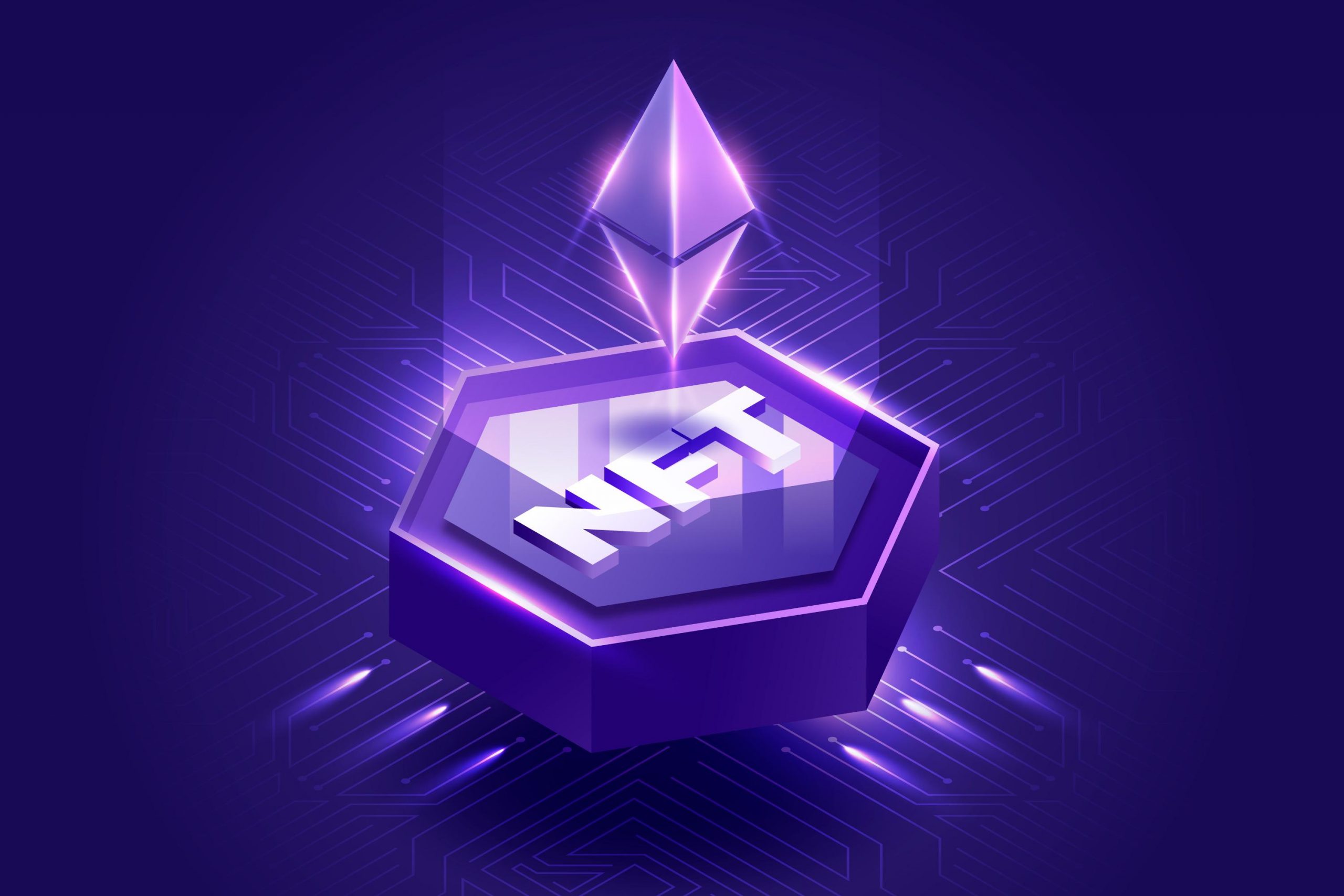NFTs Explained

August 15, 2022
Non-fungible tokens (NFTs) appear to be all over the place these days. Are NFTs, however, worth the money or the hype? Some experts believe they are a bubble that will burst, similar to the dot-com craze. Others believe that NFTs are here to stay and will forever change investing. Well, we first of all need to know what NFTs are, so let’s dive in.
What is an NFT? What does it stand for?
Simple answer, Non-fungible Token. That doesn’t help much, right? I know..
Let’s break it down a bit by looking at the difference between fungible and non fungible tokens.
Fungible vs Non-fungible
First and foremost, what exactly is fungibility? Fungibility implies that two things in a specification are identical, and that individual units can be mutually substituted.
Money is an example of a fungible asset because if you lend your friend a $20 bill, it makes no difference if your friend repays you with a different $20 bill because they are mutually substitutable. This is also true of cryptocurrencies which is why they are fungible tokens.
In contrast, if you lend your friend your car, he is not permitted to return a different car, even if it is the same make and model as the original car you lent him. Cars are not fungible in terms of ownership. This is also true of NFTs because you cannot exchange one for the other as they do not have equal value.
Now let’s get back to NFTs.
An NFT (Non-fungible Token) is a digital asset that represents physical items such as art, music, in-game items, and videos.
They are purchased and sold online, frequently using cryptocurrency, and are typically encoded with the same underlying software as many cryptocurrencies.
Are we getting somewhere? Now let’s have a look at how NFTs work.
How do they work?
NFTs exist on a blockchain, which is a public distributed ledger that records transactions. You’ve probably heard of blockchain as the underlying technology that allows cryptocurrencies to exist.
An NFT is created, or “minted,” from digital objects that represent both tangible and intangible items, including:
- Digital Art:
- GIFs
- Collectibles
- Music
- Videos
- Real World Items:
- Deeds to a car
- Tickets to a real world event
- Tokenized invoices
- Legal documents
- Signatures
Despite the fact that NFTs can be anything digital, the current excitement centers on using the technology to market digital art.
Hold on, could you explain what the blockchain is?
They’re a little complicated, but the basic idea is that blockchains are a way to store data without relying on any single company or entity to keep things secure and accurate. (Watch the Introduction to Blockchain here)
What’s the point of Art NFTs?
That depends entirely on whether you’re an artist or a collector. Let’s explore both scenarios…
I’m an artist.
You might be interested in NFTs because they allow you to sell work that would otherwise be difficult to sell.
Furthermore, some NFT marketplaces have a feature that allows you to ensure that you are paid a percentage every time your NFT is resold or traded.
This ensures that if your work becomes extremely popular in the future and increases in value, as the original creator, you will reap the benefits of your creativity & hard work through royalties.
I’m a buyer.
One of the most obvious advantages of purchasing art is that it allows you to financially support artists you admire, and this is also true for NFTs. Purchasing an NFT usually includes some basic usage rights, such as the ability to post the image online or set it as your profile picture. There are also bragging rights to owning the art, with a blockchain entry to back it up.
No, I mean I’m a collector.
Okay, fair enough. NFTs can function similarly to any other speculative asset in that you buy it and hope that the value rises one day so that you can sell it for a profit.
Where can I buy / sell NFTs?
Several marketplaces have sprung up around NFTs, allowing people to buy and sell. These include OpenSea, Rarible, Nifty Gateway, and Foundation, among many others.
What’s the future of NFT’s?
Despite the fact that they are a new trend for people and celebrities to spend millions on, NFTs have a surprising amount of utility in addition to their collectability. As we continue to investigate this new, entirely digital asset class, we should keep in mind the practical application it can provide: a highly secure, all-encompassing approach to online business transactions.



